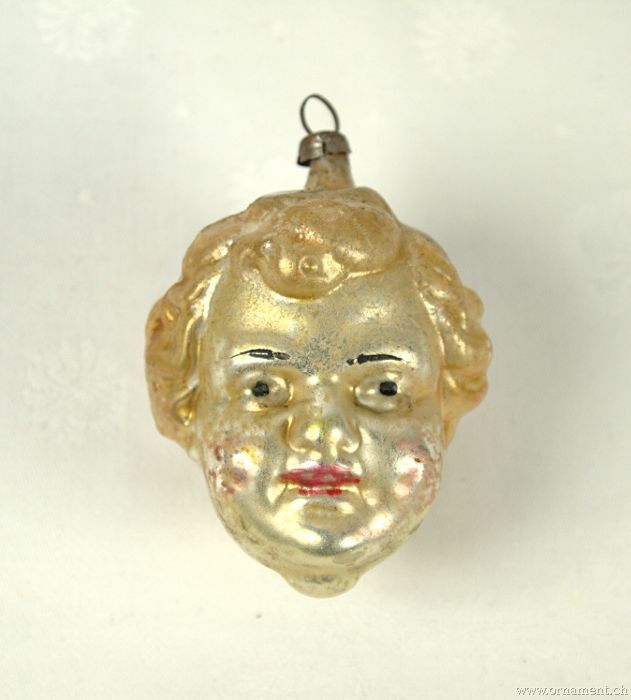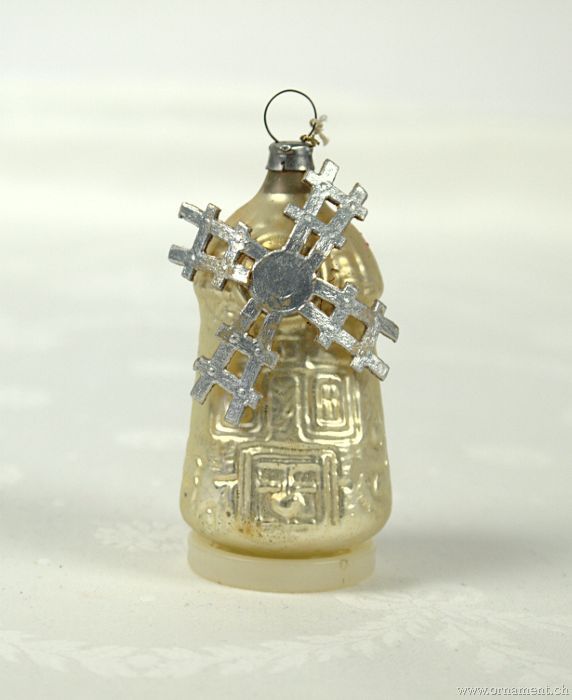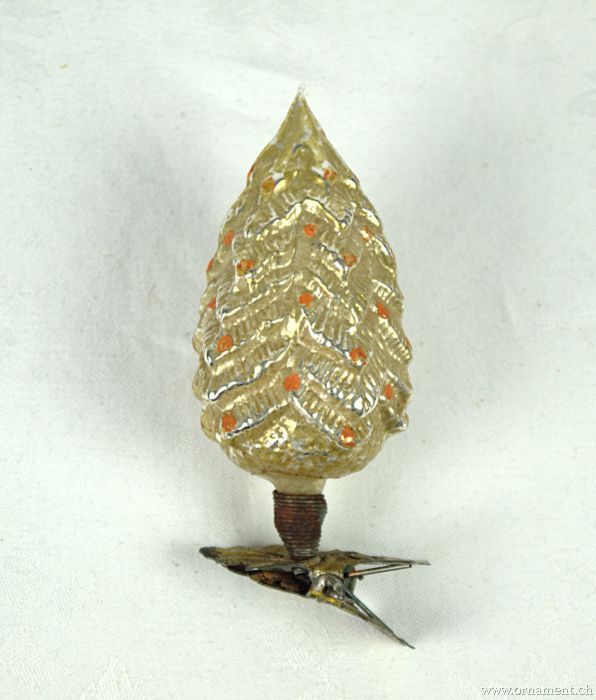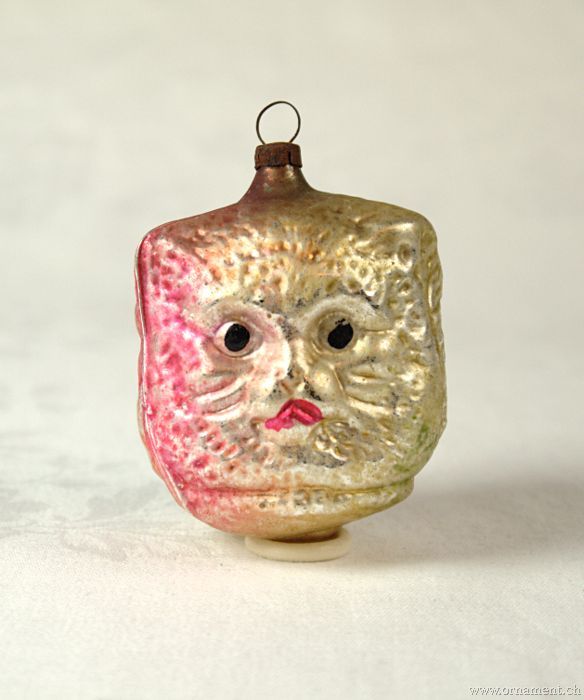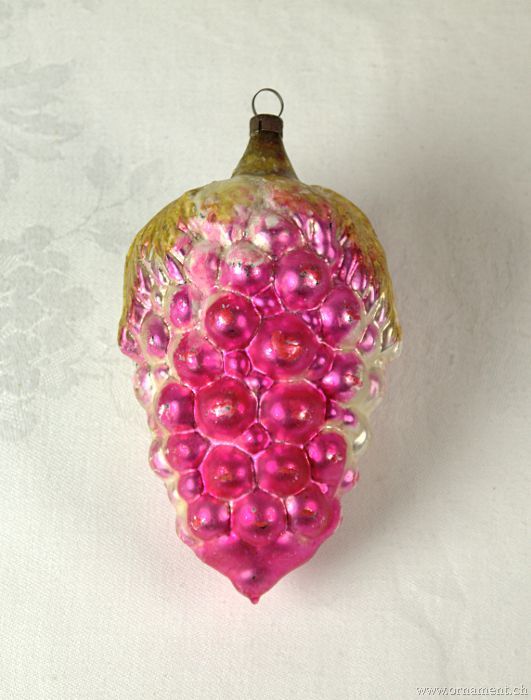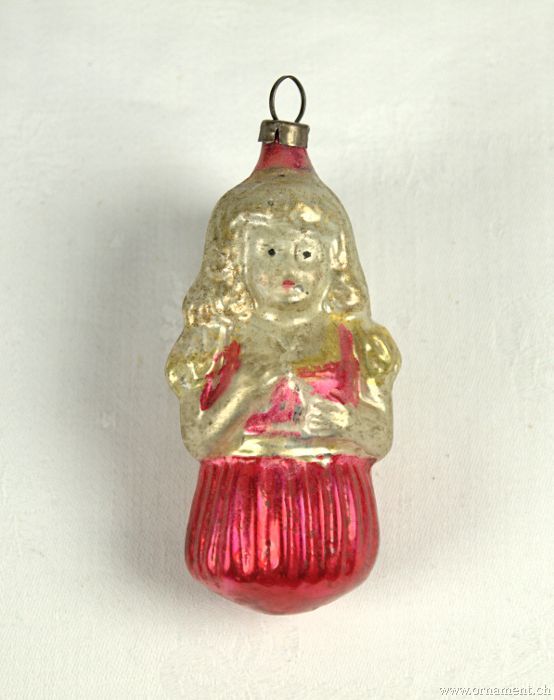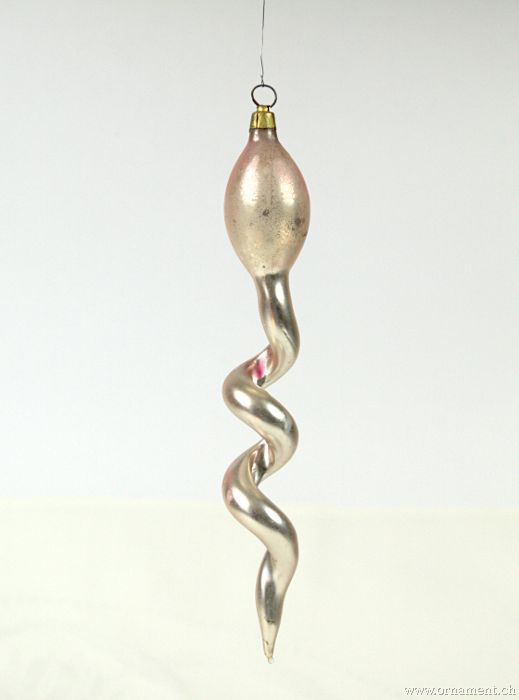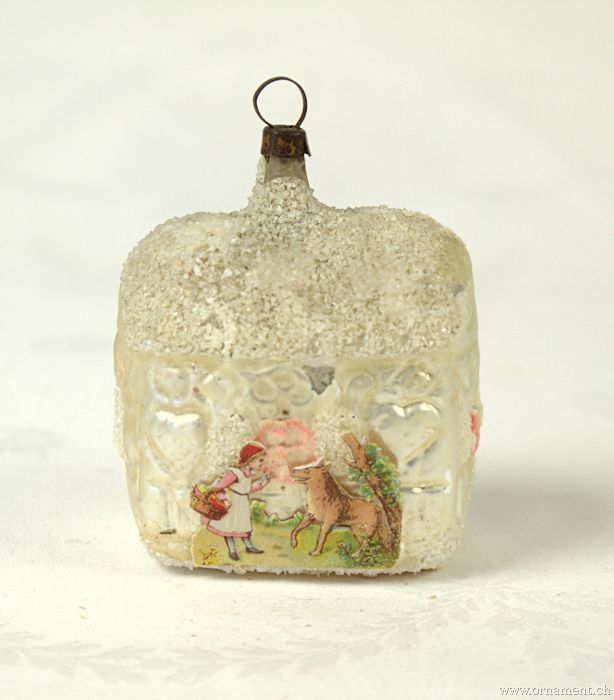   |
Sprich bitte | ||||||||||||||||||||||||||||||||||||||||||||||||||||||||||||||||||||||||||||||||||||||||||||||||||||||||||||||||||||||||||||||||||||||||||||||||||||||||||||||||||||||||||||||||||||||||||||||||||||||||||||||||||||||||||||||||||||||||||||||||||||||||||||||||||||||||||
 |
Lauscha |
 From the offer | |||||||||||||||||||||||||||||||||||||||||||||||||||||||||||||||||||||||||||||||||||||||||||||||||||||||||||||||||||||||||||||||||||||||||||||||||||||||||||||||||||||||||||||||||||||||||||||||||||||||||||||||||||||||||||||||||||||||||||||||||||||||||||||||||||||||||
PreambleHide | Christmas glass ornaments stem to a substantial part from one single region, from Lauscha and its surroundings in the German Thuringia Forest. This was a place of glass production since the end of the sixteenth century. But mass production started only when the gasworks were established in 1867. Now, the flame was not only less smoky, but hotter and also adjustable, what made it possible to blow bigger and thiner-walled items with richer detail. We have to distinguish between free blown tiems and items that are blown into a form. For the last ones, the hot glass was put, as the name suggests, into a plaster or porcelain model and then blown up (a sort of seam remains as evidence of this procedure). That allowed for a wealth of forms and shapes: birds and angels, lampions and bells, houses and churches, animals and music instruments, and much more. In considering Lauscha's glass production we have to distinguish three periods: the first one from the beginnings up to 1900, then the epoch between 1900 and 1920, and finally the Twenties (the decade 1920 to 1930). Already in the 19th century the inside silvering of glass ornaments was known and used in Thuringia (look for more under Kugels). Later, ornaments were additionally painted with gelatine colors. The second era was less colorful, but had a predilection for mica and Venetian dew, and there were experiments with unusual shapes like crocodiles and clowns. The third epoch brought a reflection on the immanent material properties of glass, dispensing with all foreign additions like paint or silvering. Well-known examples are the milk and thread glass ornaments and even all glass from the Art Glass Period. |
||||||||||||||||||||||||||||||||||||||||||||||||||||||||||||||||||||||||||||||||||||||||||||||||||||||||||||||||||||||||||||||||||||||||||||||||||||||||||||||||||||||||||||||||||||||||||||||||||||||||||||||||||||||||||||||||||||||||||||||||||||||||||||||||||||||||||
Contents |
|
More categories: | |||||||||||||||||||||||||||||||||||||||||||||||||||||||||||||||||||||||||||||||||||||||||||||||||||||||||||||||||||||||||||||||||||||||||||||||||||||||||||||||||||||||||||||||||||||||||||||||||||||||||||||||||||||||||||||||||||||||||||||||||||||||||||||||||||||||||
 |
Ariadne’s Thread:
The Ornament → Antique Ornaments → Lauscha |
1 US$ = 0,90 CHF Revision 13.3.2019 mail@ornament.ch 1080737 | |||||||||||||||||||||||||||||||||||||||||||||||||||||||||||||||||||||||||||||||||||||||||||||||||||||||||||||||||||||||||||||||||||||||||||||||||||||||||||||||||||||||||||||||||||||||||||||||||||||||||||||||||||||||||||||||||||||||||||||||||||||||||||||||||||||||||






















